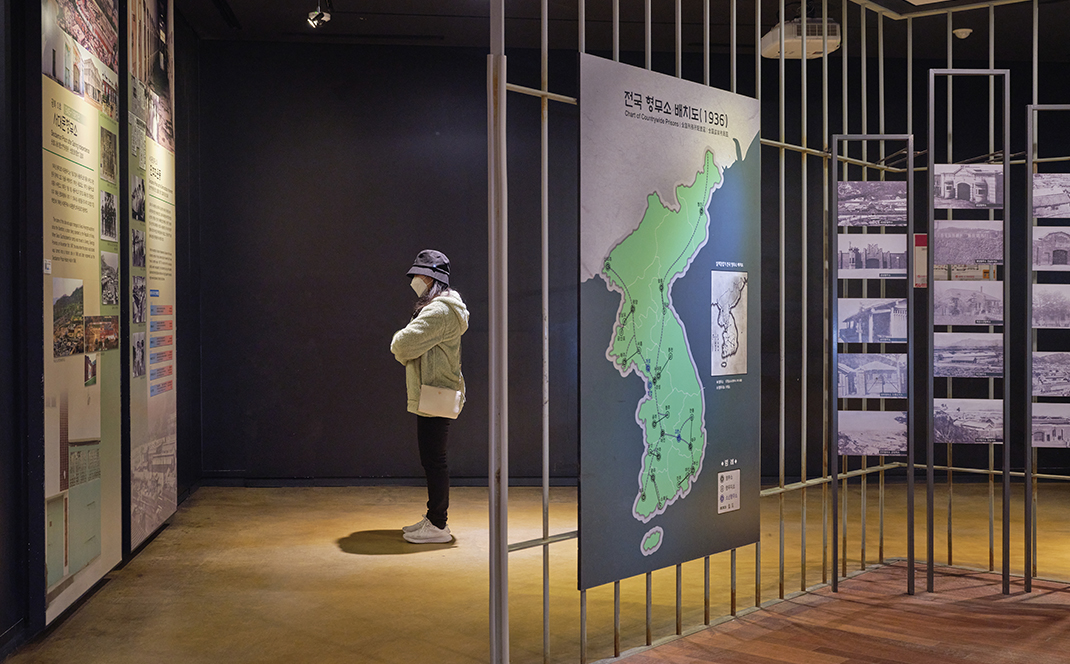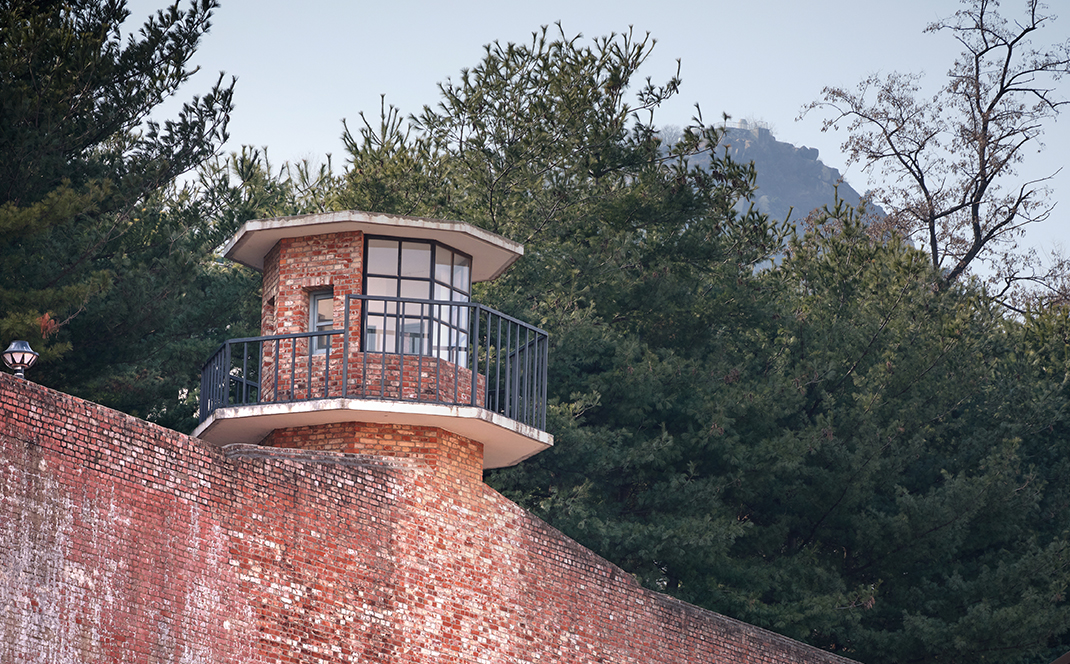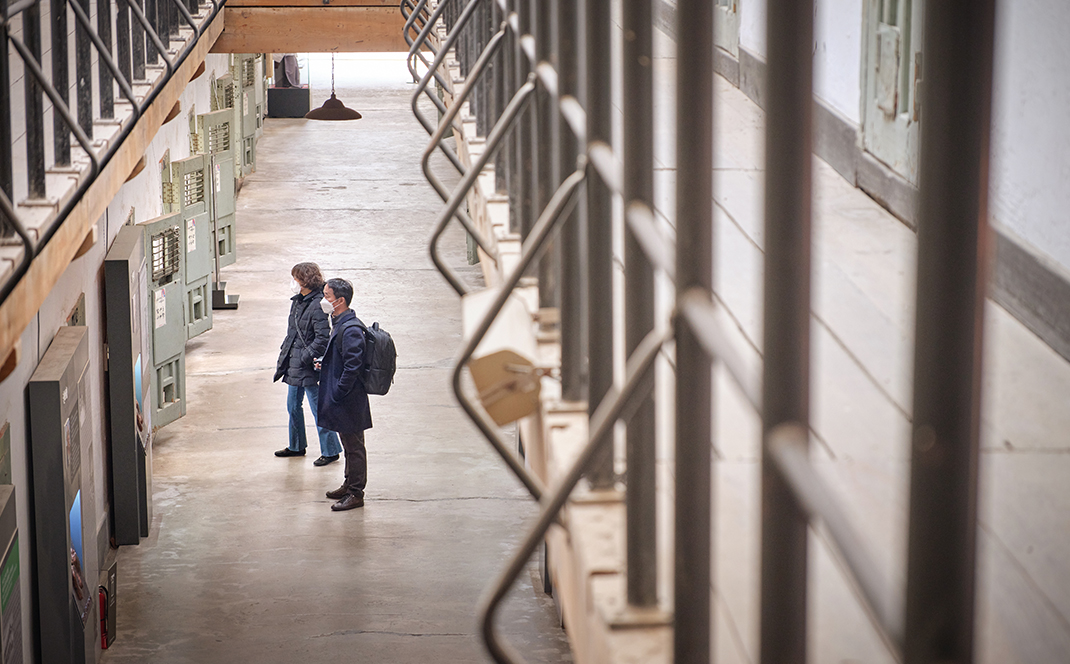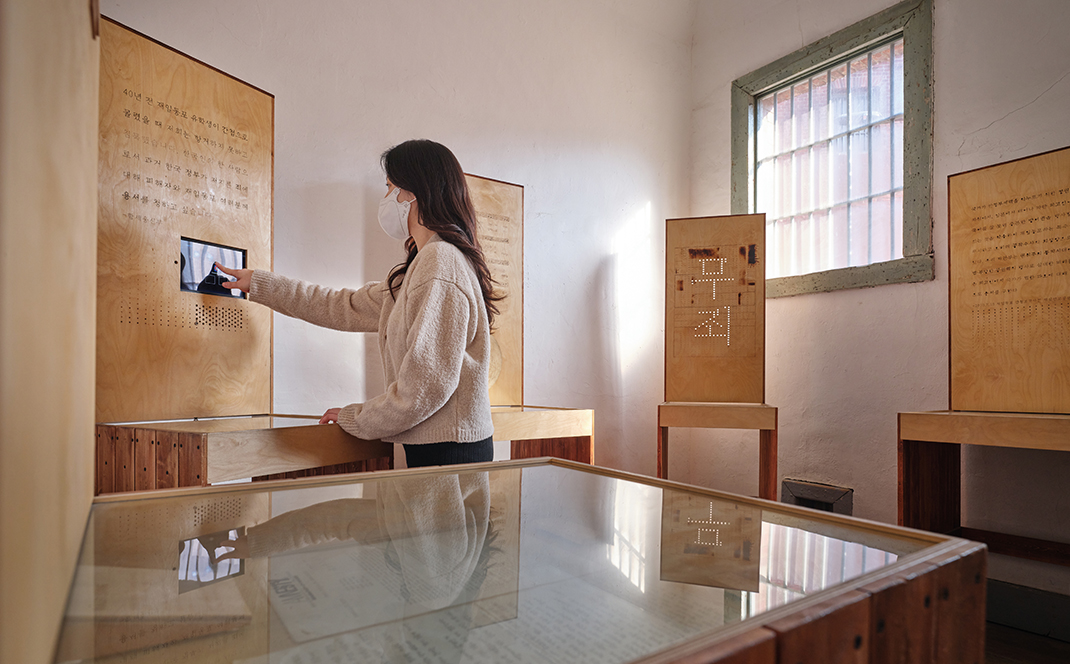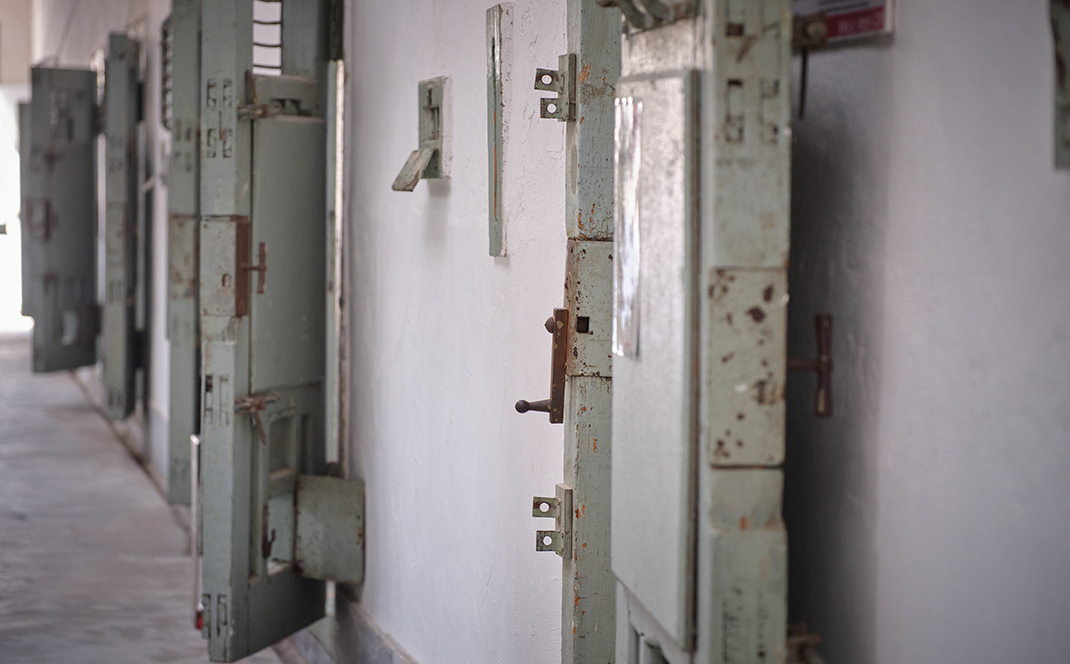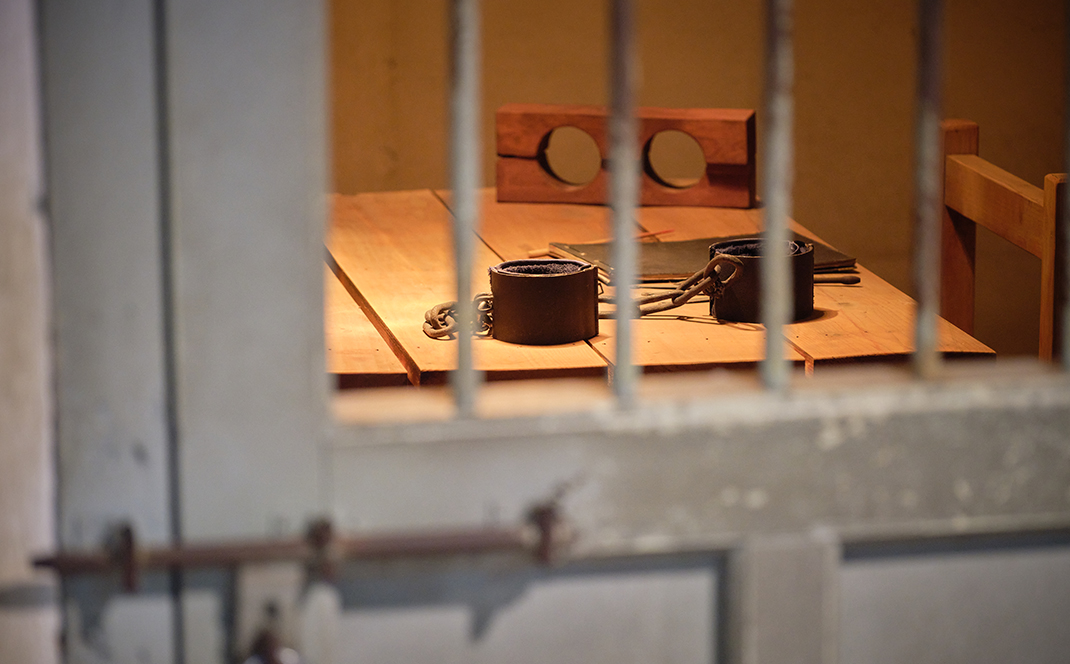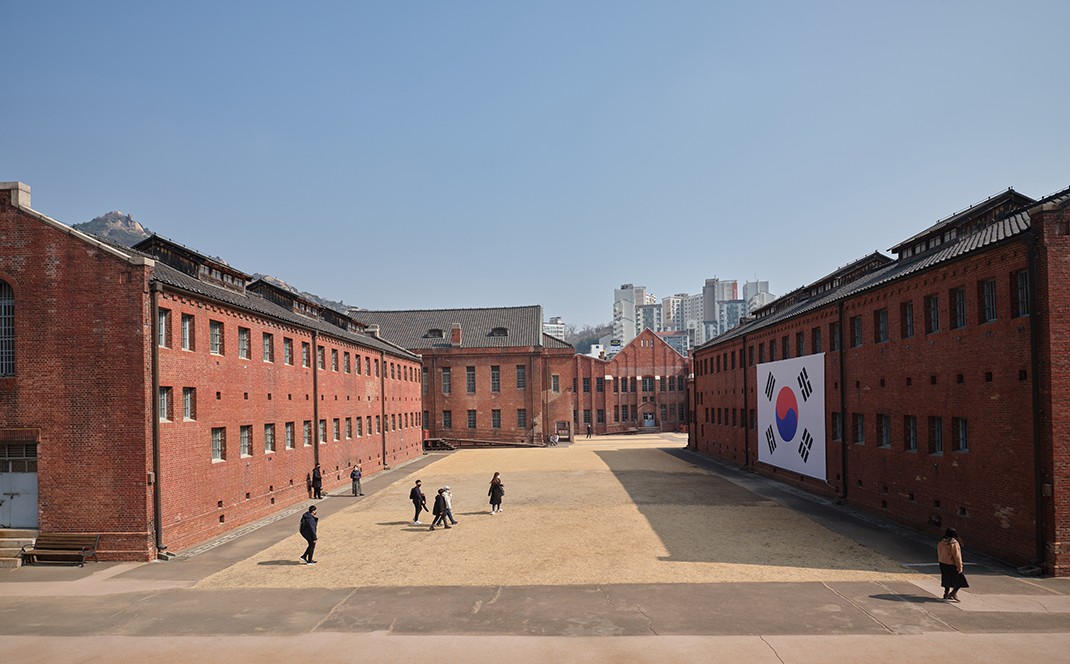Hall of Memories
Old Seodaemun Prison Transformed from
Instrument of Oppression to Place of Learning
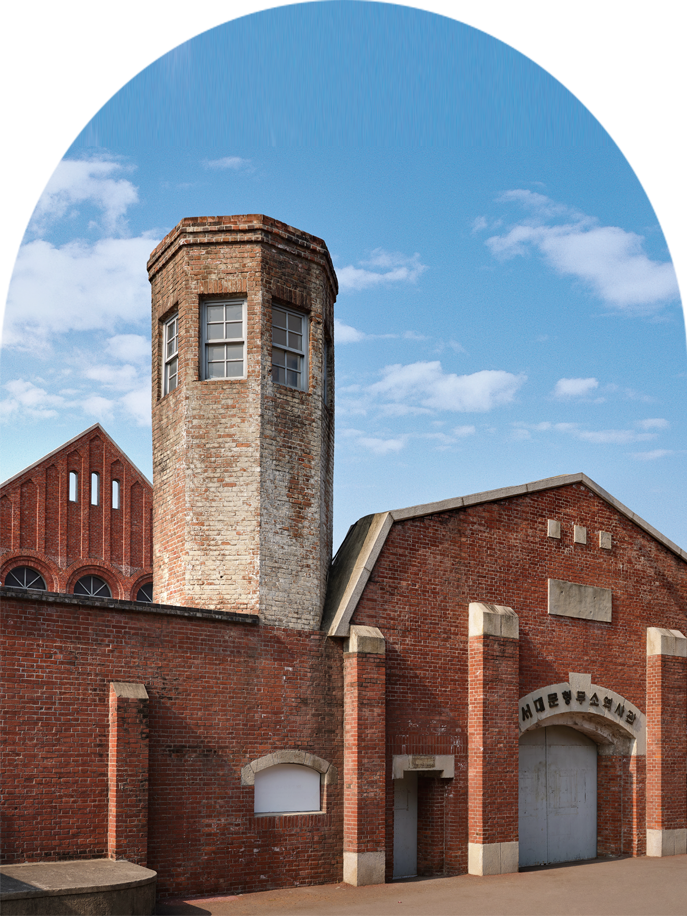
WRITTEN BY
Lee Seung-yun,
general manager
of Seodaemun Prison
History Hall
Photographed by
Studio Kenn
Established by the Japanese imperialists in 1908, Seodaemun Prison long symbolized the history of oppression and control under Japanese colonial rule and the post-independence dictatorships. Seodaemun Prison History Hall has turned this former prison into a place where visitors can experience history and learn the value of freedom and peace.
A Prison’s Tragic Past
First established in 1908 as Gyeongseong Prison, Seodaemun Prison went through many name changes: Seodaemun Prison, Seodaemun Jail, Seoul Prison and eventually Seoul Detention Center. Nevertheless, over its 80-year history as an active prison, the facility was always used as a place for surveillance and punishment. The prison detained anti-Japanese independence activists who rose up against colonial domination during the Japanese colonial period and later, after Korea’s liberation from Japan, it jailed democracy activists who fought against Korea’s dictators and military rulers.
After Seoul Detention Center was moved to Uiwang, Gyeonggi-do Province, in 1987, Seodaemun Prison was almost razed to the ground for being an eyesore given its status as a major prison located in the middle of Seoul. The descendants of independence activists, civic activists and academics opposed the demolition of the site, however, saying it needed to be preserved to remember the oppression of the Japanese colonial occupation and the Korean spirit of resistance. Many of the prison’s buildings were razed while controversy raged over whether to preserve or destroy the facility. However, some of them―four Prison Buildings, the Central Prison Building, Administration and Security Office, Execution Building and Labor Building, all built in the 1920s―remained preserved as of today. On Nov. 5, 1998, the site opened as Seodaemun Prison History Hall after calls to use the site to educate visitors about its place in Korea’s modern and contemporary history.
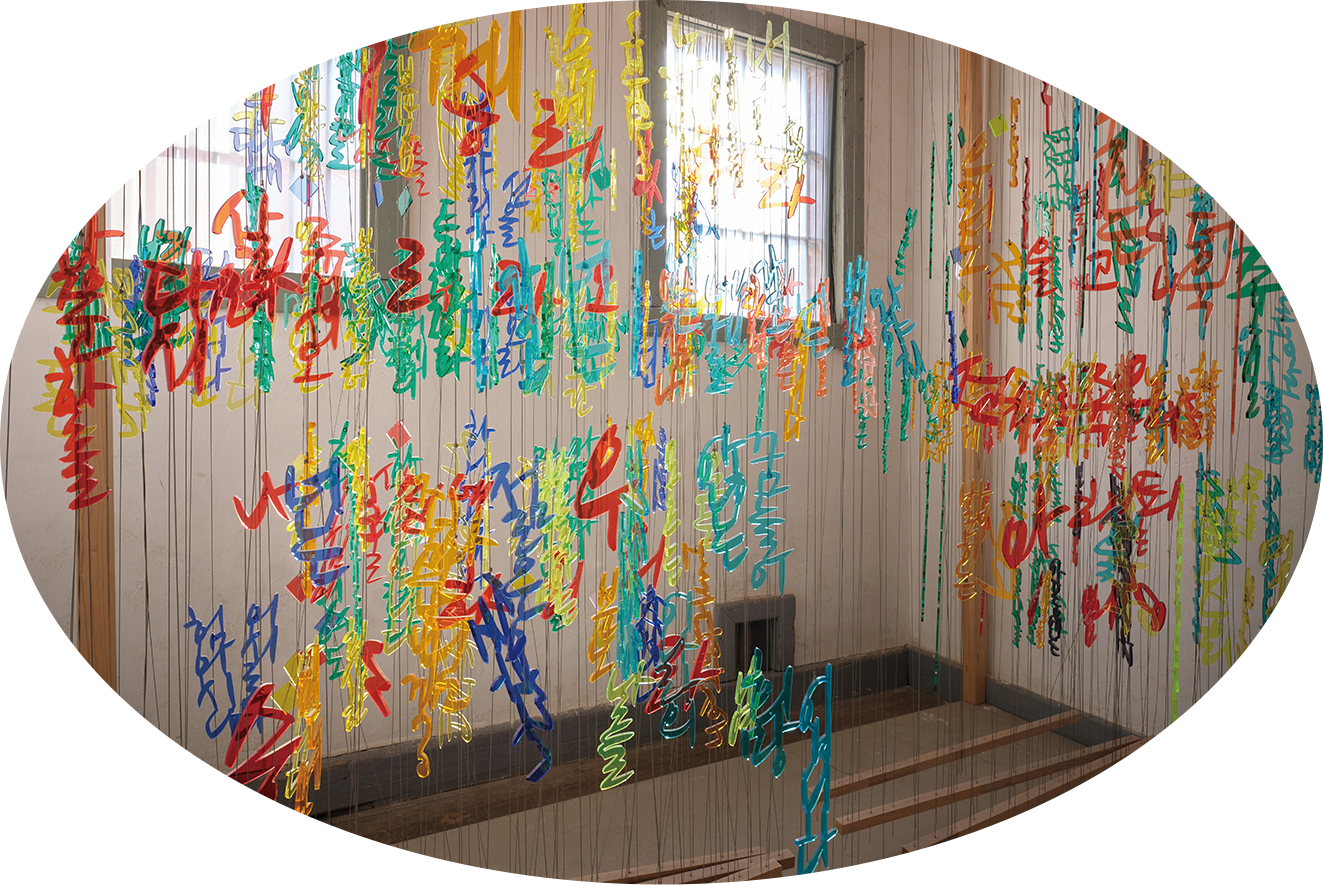
Seodaemun Prison’s old prisoner wing now serves as an exhibition space.
Experiencing History and Culture
Twenty-four years have passed since Seodaemun Prison History Hall opened its doors, and now it has become one of Korea’s most prominent tourist destinations with 700,000 visitors per year. The reddish prison buildings, built with the blood and sweat of its prisoners, are filled with visitors who come to experience history. Rather than just coming to experience Korea’s sad history, however, they learn about the sacred spirit of resistance that Koreans practiced as they ceaselessly fought for independence in the name of freedom, peace, justice and humanity.
Seodaemun Prison History Hall operates various exhibition, education and experiential programs on an annual basis. Exhibitions such as “Finding the Descendants of Heroes” and “An Exhibition of the Portraits of Surviving Independence Activists―We Want Our Heroes By Our Side Forever” show that the independence movement was not just made up of extraordinary people, but included everyday people, too.
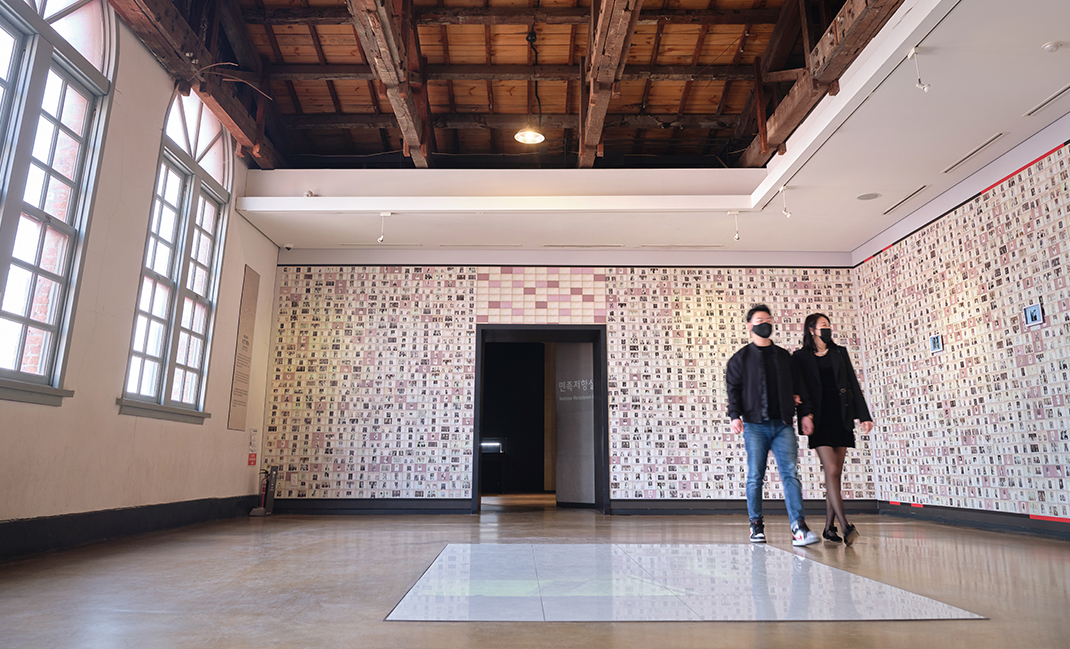
Visitors explore the former prison.
Seodaemun Prison History Hall’s education programs are aimed at children, teenagers, adults and families. In the program for kids, children make symbols of Korea such as the Korean flag or Rose of Sharon―Korea’s national flower―to bring them closer to Korean history. In the program for teenagers, they emulate figures from history and make election pledges or experience life inside the prison. The history hall also has an active program for adults focused on educating them about modern and contemporary history.
The most prominent program at Seodaemun Prison History Hall is its night tour. The program allows participants to experience the independence movement and life inside the prison, and involves a combination of theater, performances and commentary. The program is popular among Koreans, and a separate program is offered to non-Koreans as part of efforts to inform the international community about Korean history.
Seodaemun Prison History Hall holds guided tours that are offered in Korean, English, Japanese and Chinese. These tours help inform Korean and international visitors about the history of Korea and Seodaemun Prison.
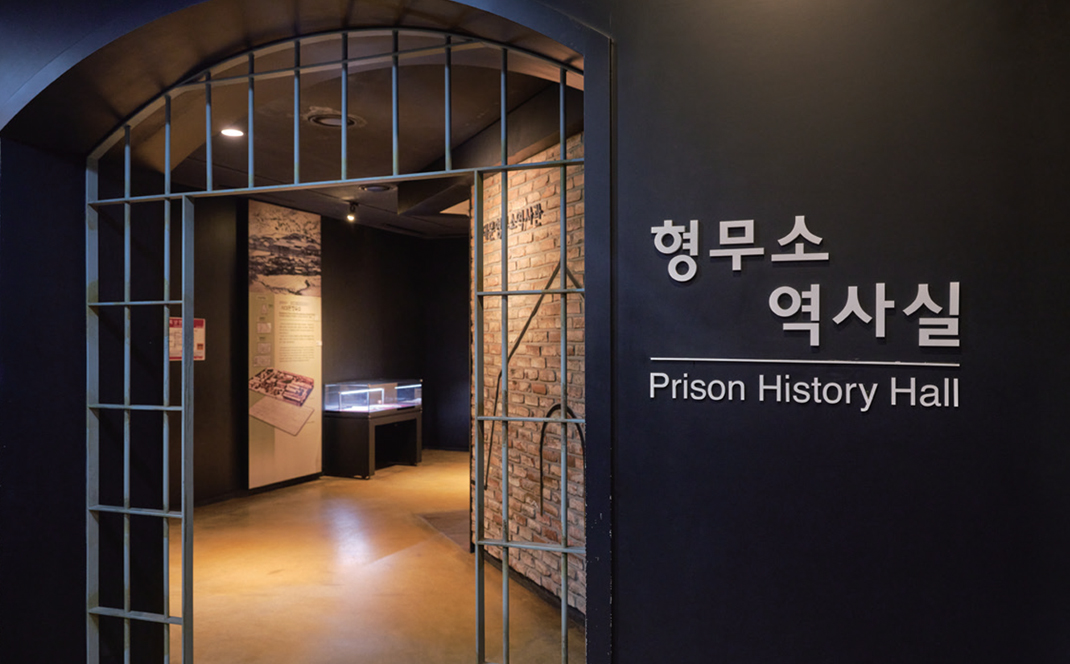
The Prison History Hall exhibits historical records regarding Seodaemun Prison.
Celebrating Memories
Seodaemun Prison History Hall holds large-scale events to mark the March First Independence Movement and National Liberation Day. The events include various experiential programs to share the values of independence and democracy with visitors. Following the outbreak of COVID-19, in-person events have been scaled back in recent years. However, Seodaemun Prison History Hall has run YouTube video or no-contact programs in their place. To mark the anniversary of the March First Independence Movement in 2022, Seodaemun Prison History Hall used a network of 3D worlds (metaverse) to recreate the reading of Korea’s declaration of independence and the three cheers of “Long Live Korea.”
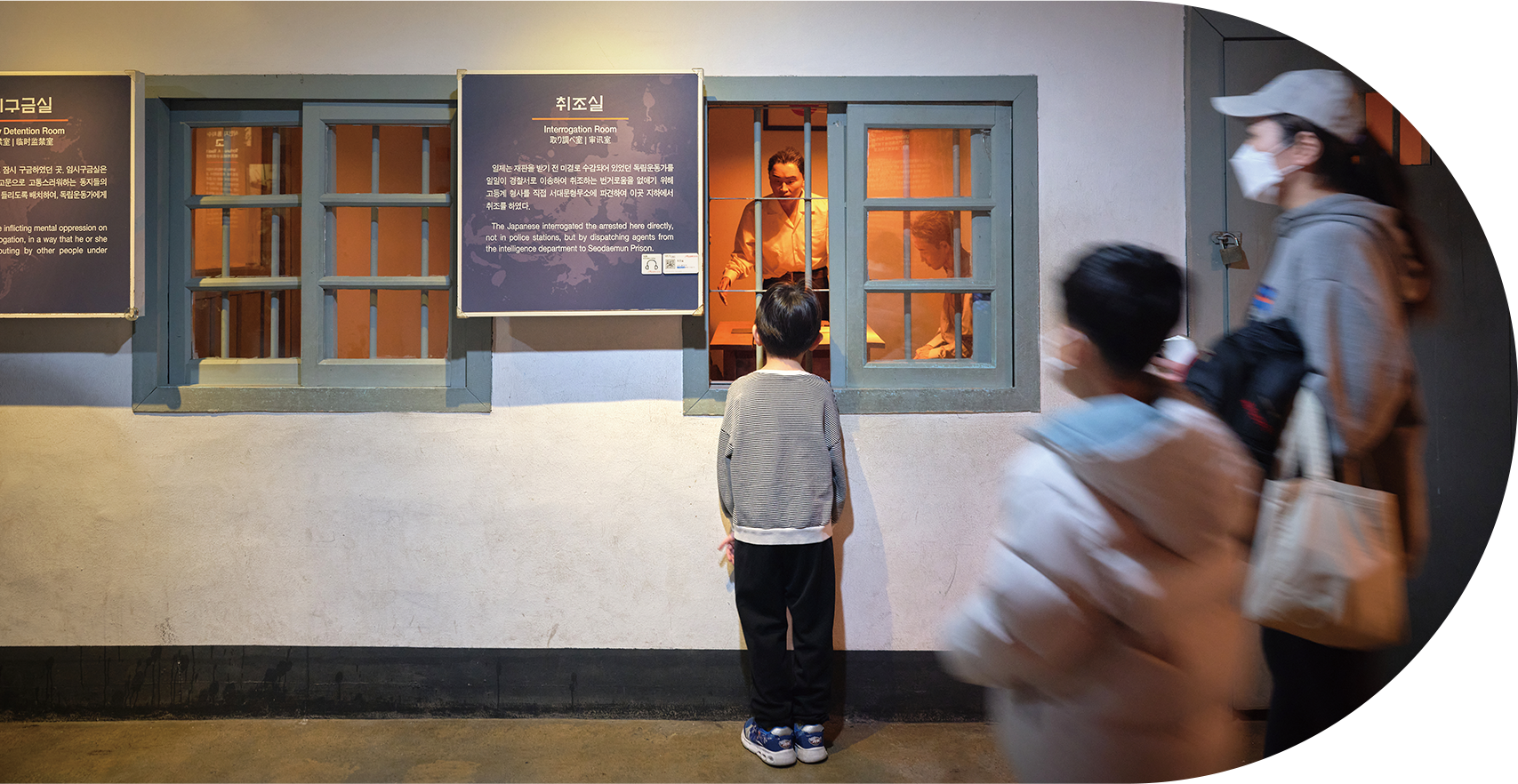
A young visitor checks out the old Interrogation Room.
Discovering Historical Identity
and Human Dignity
You can spot many visitors carrying Korean flags at Seodaemun Prison History Hall. These visitors frequently discover something they are passionate about when they visit this place. This is an experience not limited to just Koreans. International visitors to this place experience the complicated history of the 20th century and learn about the crucial value of freedom and peace. Seodaemun Prison History Hall is more than just a place that commemorates Korea’s independence movement, it is a space that informs the entire world about human dignity.
Other Articles
-
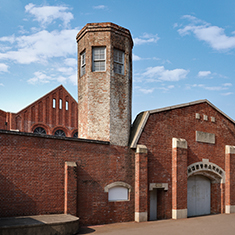
Special Ⅰ Hall of Memories
-
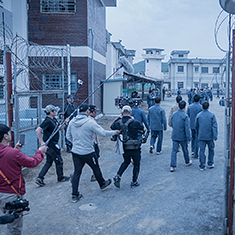
Special Ⅱ No Longer Just an Eyesore
-

Trend Unique Prison Stories
-
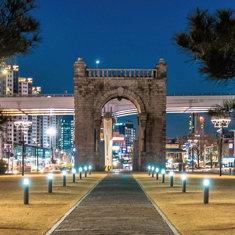
Hidden View Gate of Hope
-
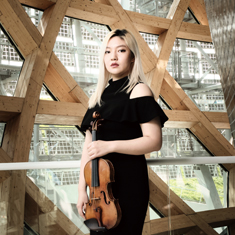
Interview Violinist Jinjoo Cho
-
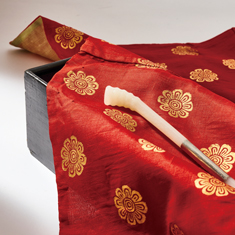
Art of Detail Good as Gold
-

Film & TV All of Us Are Dead
-

Collaboration Emoticons: Businesses Collaborate with Creators
-

Current Korea Legacy of an Administration: Unshakeable Korea
-

Global Korea Korean Literature Week Event with Berkelouw Books

